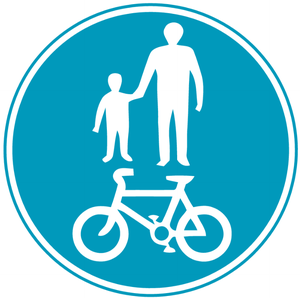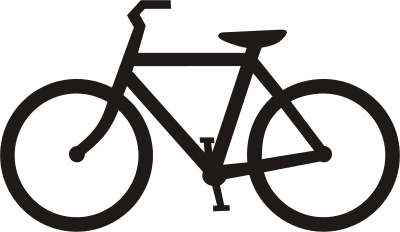Safe passenger, pedestrian and rider
From WikiEducator
Contents
Goals
- Collaboratively create a unit of work to teach pupils to:
- Take responsibility for own health needs as a road/footpath/vehicle user
- Show awareness of keeping safe - on the way to and from home and school, and in the wider community
NZ Health and Physical Education Curriculum Goals
Level 1 - Safety management
- Describe and use safe practices in a range of contexts and identify people who can help.
Level 2 - Safety management
- Identify risk and use safe practices in a range of contexts.
Level 3 - Safety management
- Identify risks and their causes and describe safe practices to manage these.
Level 4 - Safety management
- Access and use information to make and action safe choices in a range of contexts.
To cover
- Being a safe passenger - car, bus and motorbike
- Using safety belts, child restraints, booster seats,
- Helmets, clothing and parental permission
- Being a safe pedestrian
- Taking care with driveways, road crossing, traffic lights and parked cars
- Riding a bicycle
- Wearing a helmet - safety standards, helmet condition
- Bicycle equipment - reflectors, brakes
- Road rules
- Riding a motorbike, quad and horse (depending on community)
- Parental permission
- Instructions
- OSH ATV guide
- Sustainable transport
- Walking for health
- Cycling for health
- Helping agencies
- Police Education Officers
- City Councils
Student Activities
1. Safe passenger
- Brainstorm/mindmap of vehicle passenger rules - seat belt use, age in front, airbags, motorbike helmet, long trousers and boots, no distracting, mobile phone use etc
- Roll play getting into a car or bus using class seats - class critique each others skills
- Pupils to write/create a safe passenger list/brochure/mindmap/PMI
- Share with whole class - teacher to accumulate FAQs that need answering by an "expert"
Extra:
- Practice safe passenger techniques in a stationery vehicle within the school grounds
2. Safe cycling
- Bring a bike and helmet into the classroom to observe - draw and label with emphasis on safety features
- Sharing with whole class observing bike/helmet
- Roll play with pupils showing
- Getting on and off a bike
- Turning left
- Turning right
FAQs
- What should I do if my mum drives drunk or my dad drives too fast?
- Am I safer in the front or in the middle back lap belt?
- What should I do if I notice the Warrant of Fitness has expired in our family car?
- A sticker on the passenger dashboard says I should be over 12 to sit there - I am only 10, should I use this seat?
Resources
- Kapai's Road Code by Uncle Anzac - A Land Transport Safety Publication
- NZ Transport Authority information for teachers and families
- Road Safety Trust
- Ruben's road safety tips
- Wikipedia - Road traffic safety
- Wikipedia - Pedestrians
Lesson content and procedures
Introduction
- What is the context for the lesson?
- What prerequisite student skills and/or knowledge are required for this lesson?
- How long will the lesson take?
- Is the lesson designed for the whole class or small group work?
Step-by-step procedures
Provide a step-by-step description of the flow of your lesson. Note: Details of learning activities are listed below under a separate heading.
Student activities
List and describe the planned activities for the lesson.
Activity 1
Activity 2
Assessment
Describe the formative and summative assessment activities planned for the lesson
Answer key and/or marking rubric
Feedback

|
Have you used this lesson plan? Self-reflections and comments welcome. Please post your feedback on the discussion page. | 
|

